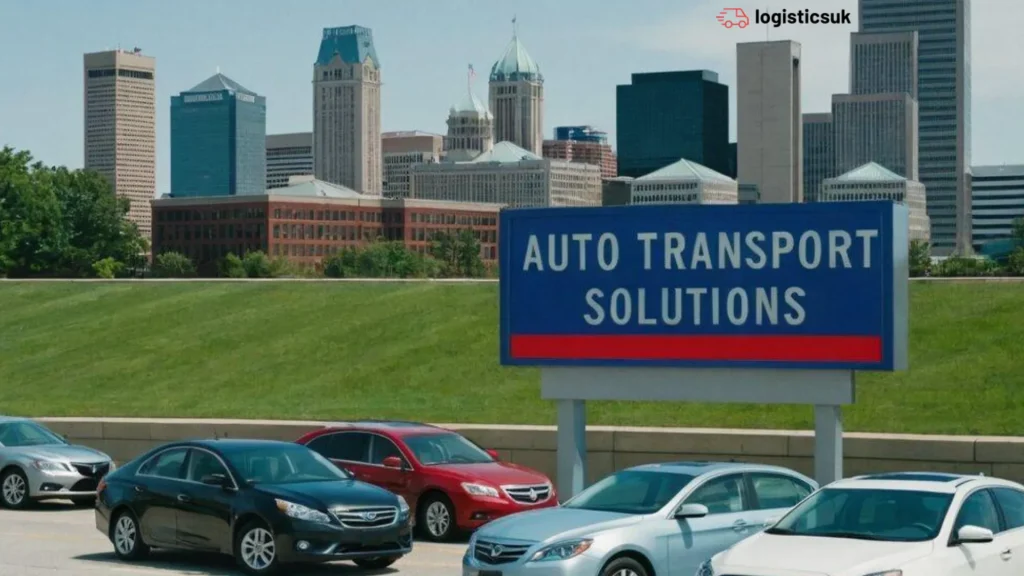Navigating the auto transport world can be tricky, especially when understanding the costs involved. So, let’s break down the key factors that influence the cost of auto transport solutions offered by various companies. Read on so we can help you get a quote and make informed decisions about your auto transport solutions.
Distance Matters
One of the primary vehicle transportation rates is the distance between the pickup and delivery locations. Longer distances generally equate to higher costs, but the rate per mile could decrease for long-haul transports.
Vehicle Type and Size
Not all vehicles are created equal when it comes to our shipping service. Transporting larger and heavier vehicles like SUVs and trucks generally incurs higher costs than smaller cars, owing to the increased space and weight in our transport solutions.
Transport Type

There are two main types of auto transport solutions provided by our company:
Open-Air Transport
This option is the most prevalent and cost-effective for shipping your vehicle with our auto transport solutions. It involves loading your car onto a multi-level trailer with other vehicles, exposing it to the elements during transport unless you choose an enclosed transport service.
While this may not be ideal for luxury or classic cars, it is a cost-effective solution for most vehicles using our services.
Enclosed Transport
For those seeking extra protection during transit, our enclosed transport service provides a fully covered trailer to shield the vehicle from any potential damage. This option often comes at a higher price due to the added security and exclusivity.
Seasonal Demand
Vehicle shipping expenses can fluctuate based on seasonal demand for transport solutions. Peak seasons like summer often see higher rates due to increased demand for auto transport solutions. Conversely, shipping during off-peak times can result in cost savings when you get a quote from our company.
Delivery Speed
The urgency of your delivery is also a factor in the pricing of our auto transport services. Expedited shipping services, which guarantee faster delivery times, will naturally have a higher price tag than standard transport solutions.
Condition of the Vehicle
Transporting an inoperable vehicle generally costs more than shipping a running vehicle. Special equipment will be required to load and unload the vehicle, adding to the overall cost of the transport solution.
Insurance Coverage
Most auto transport companies provide a basic level of insurance coverage. However, if you require additional protection, you may opt for extra coverage, which will increase the total cost.
For example, if you are shipping a luxury or high-value vehicle, it is recommended to invest in additional insurance coverage for peace of mind.
Pickup and Delivery Locations
The pickup and delivery locations can also affect the cost of auto transport. Some areas may be more difficult to access, such as rural or remote locations, which could result in additional fees.
Additionally, some cities have restrictions on large vehicles entering certain areas. They may require alternative pickup or delivery locations, potentially increasing the overall cost.
Market Conditions
The state of the economy, fuel prices, and changes in regulations can all impact car transporters prices. It’s always a good idea to stay updated on market trends when planning your vehicle shipment.
Auto Transport Solutions Vary
Understanding the various factors that affect the cost of auto transport solutions can help you better calculate vehicle shipping expenses and choose the most cost-effective solution for your needs. For a precise quote, consider reaching out to reputable auto transport companies and comparing their rates.
Read Also: Challenges and Solutions in Team Truck Driving
Ready to ship your car? Do some research, compare quotes, and find the best option that fits your budget and requirements. Happy shipping!
Did you find this article helpful? If so, check out the rest of our site for more.

